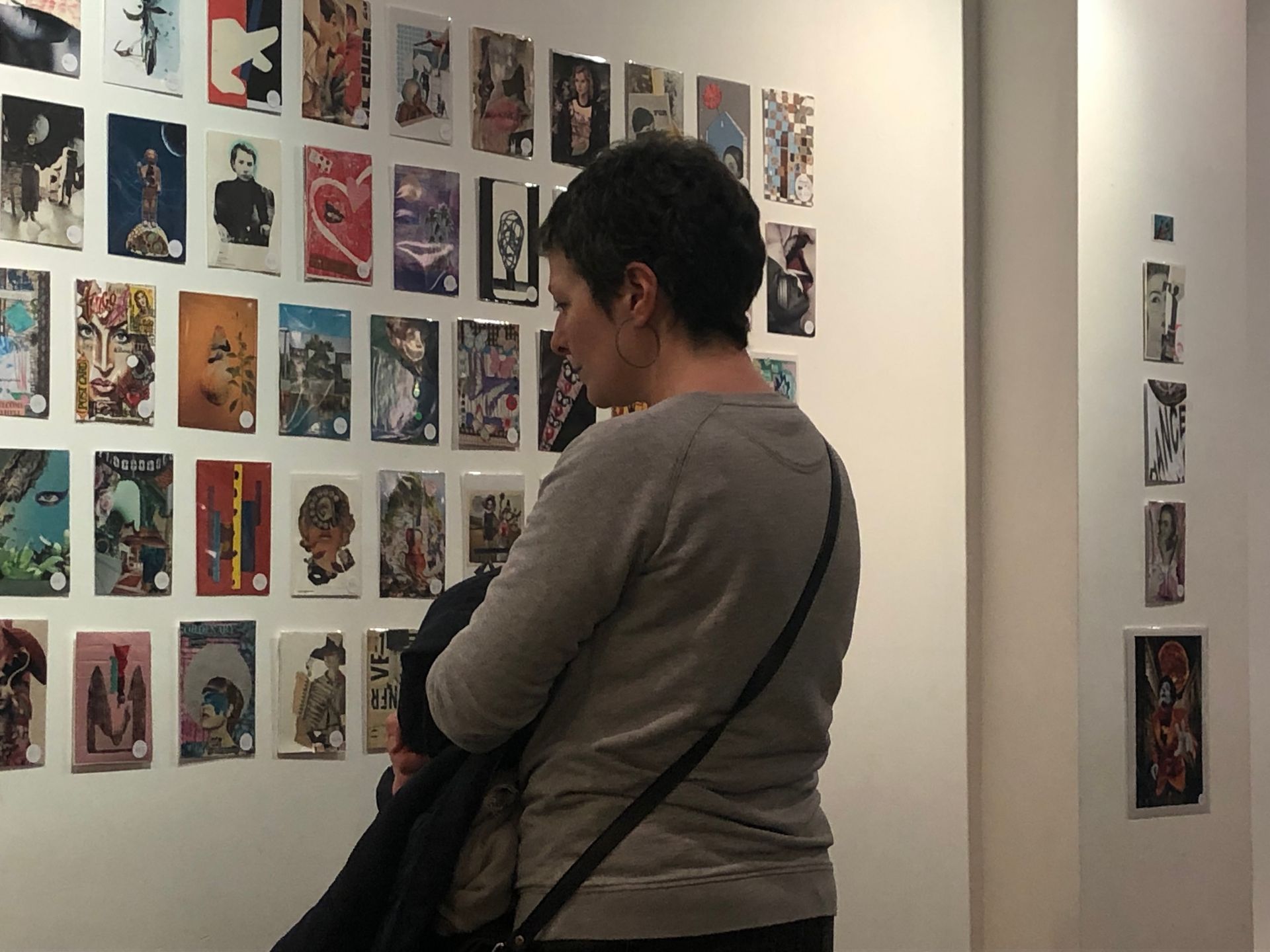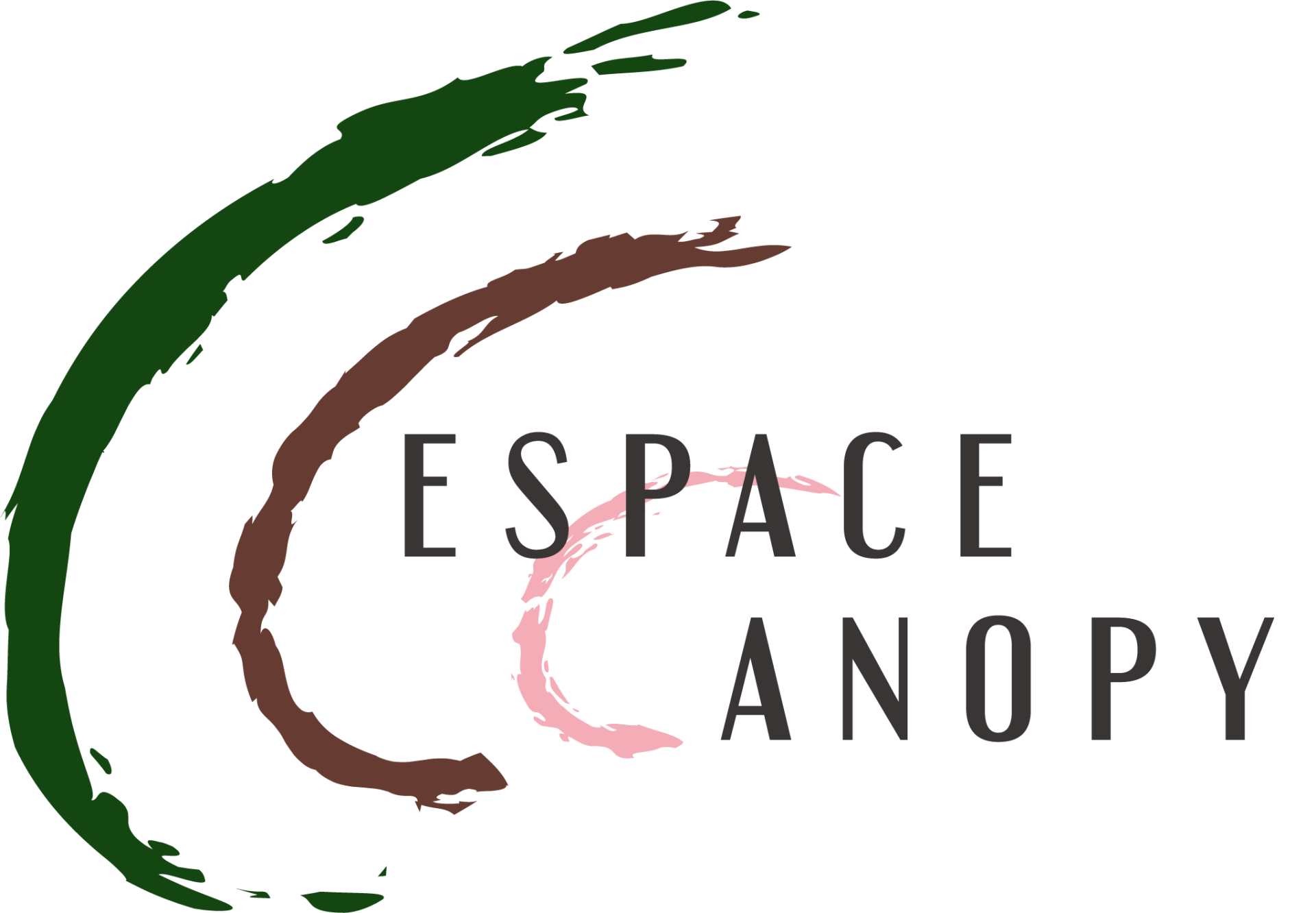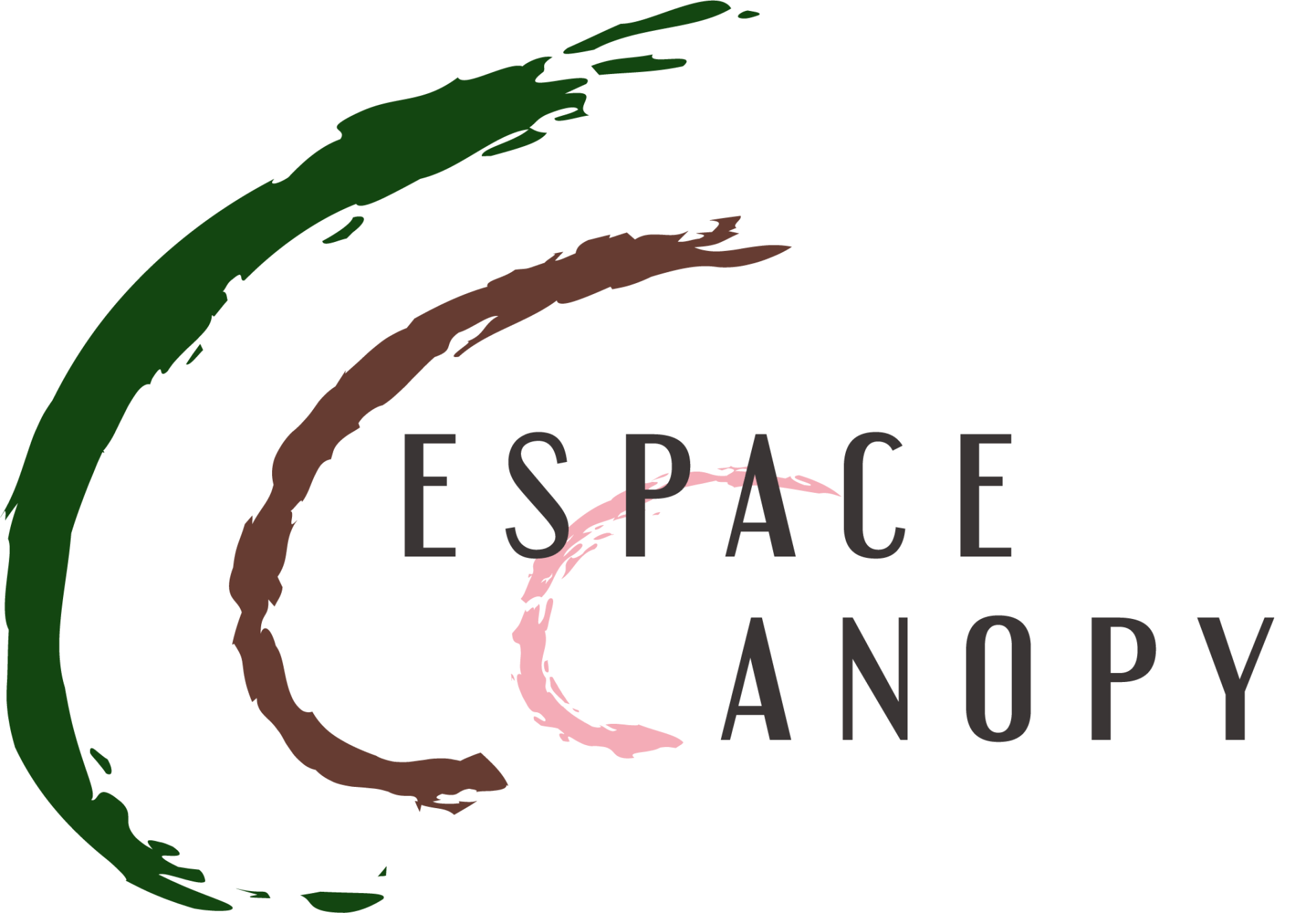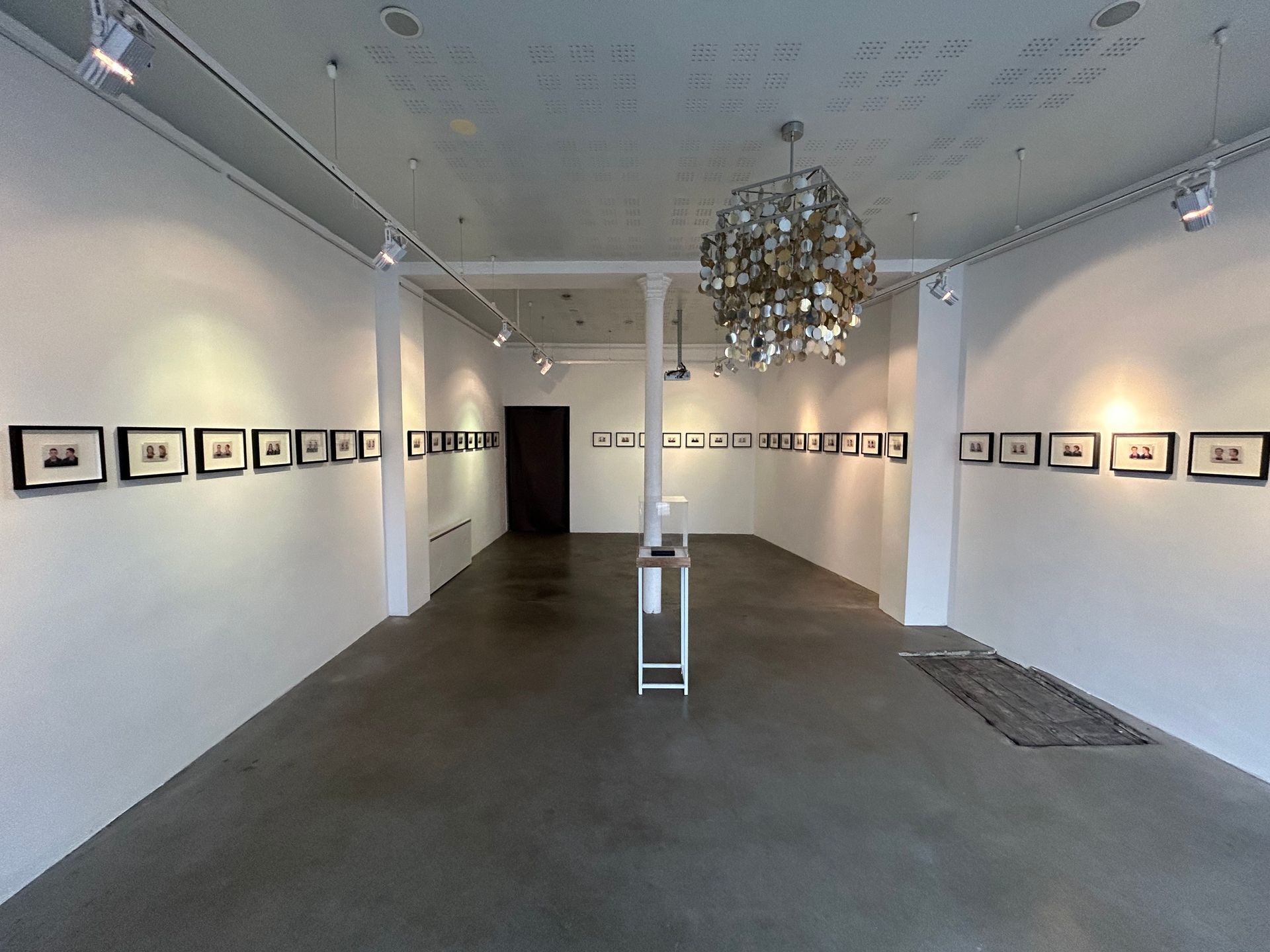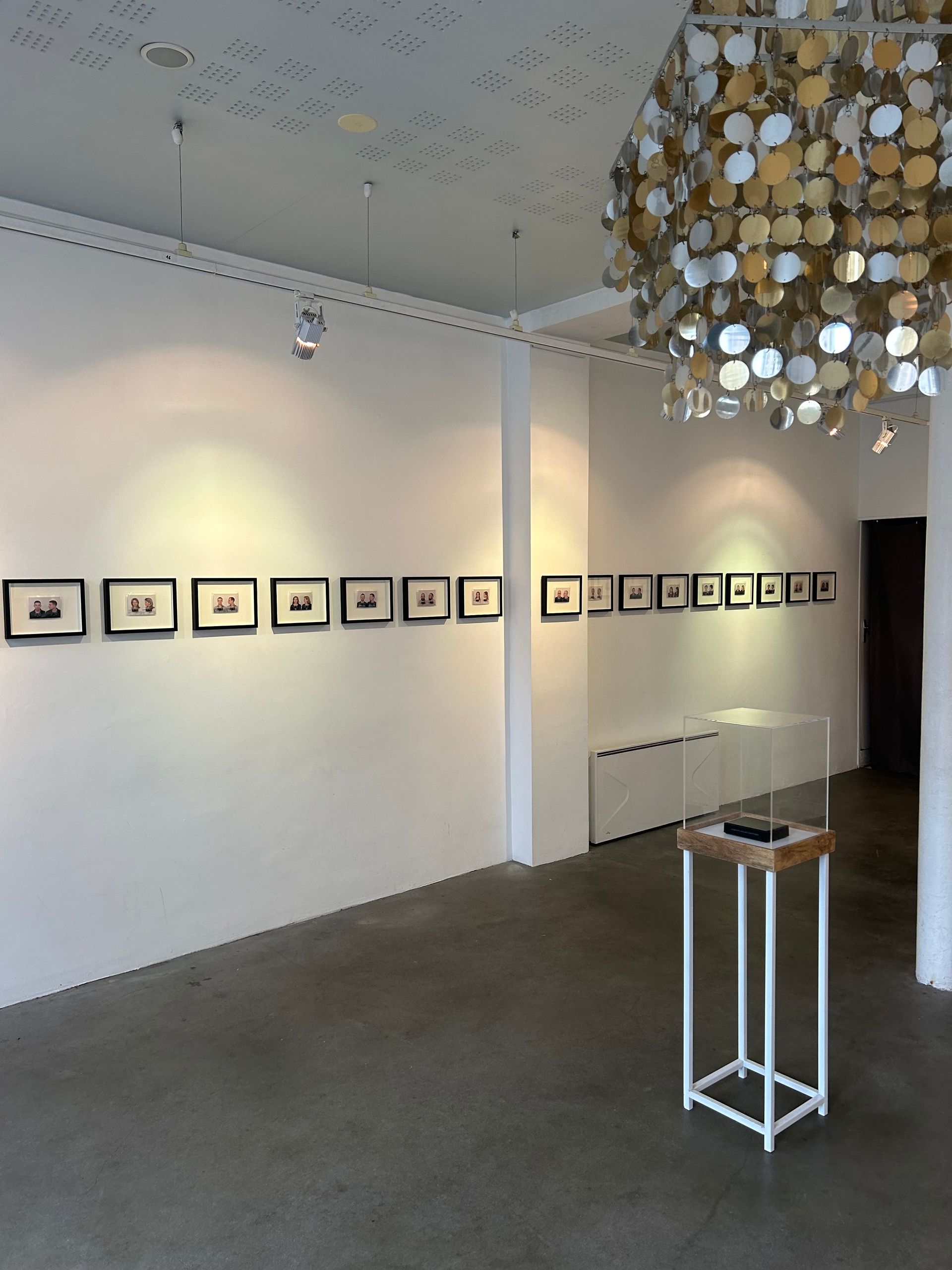Vindication
Refute passivity in the face of adversity
There is a striking performative aspect in this piece because each participant was brought to the prison basement of the Copenhagen Central Police Station. Unbeknownst to them they were treated like any other criminal, escorted past cell doors, stripped of their belongings, and thad heir fingerprints taken. Each mugshots were individually slipped into archival plastic sleeves, making these among the last physical prints to be made considering that by 2010 they turned to digital.
The artist was inspired by Pastor Martin Niemöller’s famous statement of outcry to marginalised groups during the rise of Nazism for the title and creation of her work “WHO’S NEXT?” The exhibition’s premiere welcomed readings of said poem from various languages including French, Creole, Nepalese, Chinese, Italian, Arabic. Some interpretations added a sentence mentioning a group that is being persecuted in their country. This artwork is a call to arms for solidarity and community to address the mechanisms of marginalisation and stigmatisation.
The artwork lives and breathes in our current day as the entire collection is assembled in a limited edition box with the Niemöller poem. This enables the project to travel in countries that criminalise the LGBTQ+ community. As the artist asks friends to carry it with them conspicuously to take photographic evidence in said country as proof of vindication for this community.
“WHO’S NEXT?” Is a question that never ceases to be applicable regarding discrimination that is a facet that prevails in our society. This artwork was made almost 15 years ago and is still relevant today, Charlotte Haslund-Christensen hopes that her exhibition leaves viewers affected enough to refute passivity in the face of adversity. Because you never know if that might one day be you in their shoes as Niemöller states “and there was no one left to speak for me.”
Autres articles...

